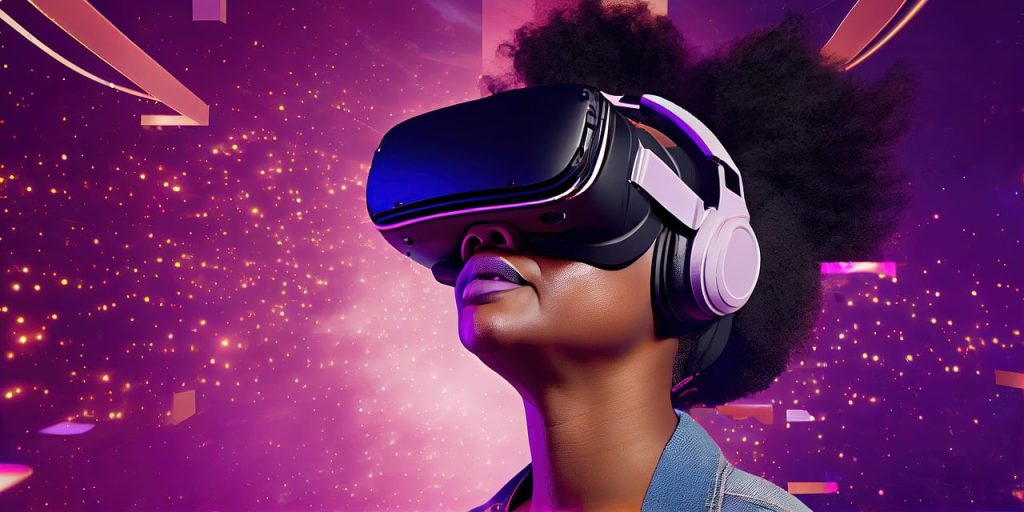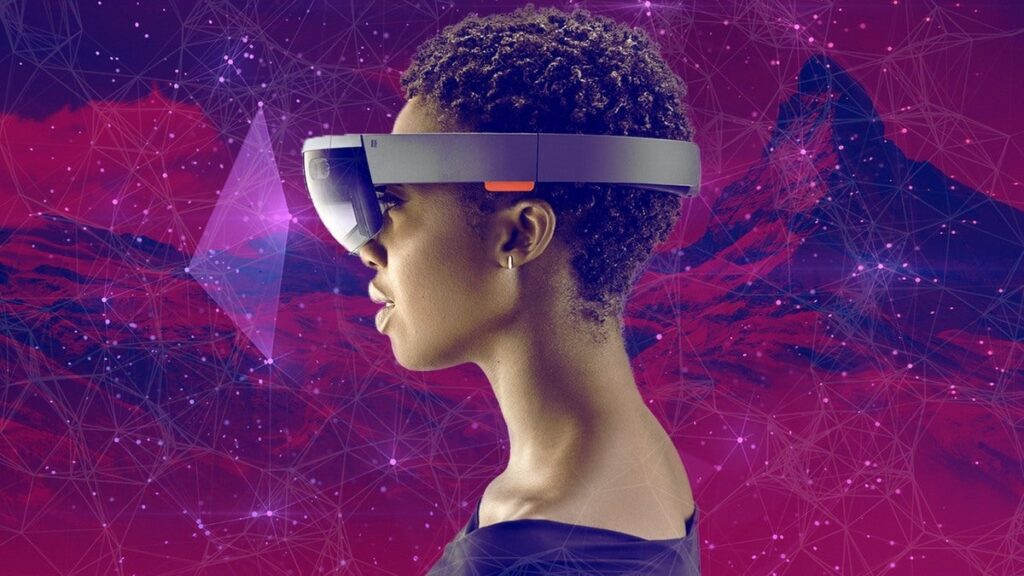
The Evolution of Video Game Graphics: From Pixels to Photorealism
Since the introduction of video games in 1970, their graphics have come a long way. From the primitive pixels of Pong to advances achieved through photorealistic textures of next-gen consoles, it’s almost impossible for today’s gaming enthusiast not to be amazed by how far visual constraints have been pushed. From multi-billion dollar investments made to bring us ultra high-definition renderings of everything from icy climates to alien planets, we’re now able to enjoy levels of realism and immersion originally thought unachievable – which is quite remarkable when you consider how much progress has been made over just a few decades.
In this blog post, we’ll explore the development that has occurred since these interactive experiences were first born and move on to discovering what new heights can be reached before this evolution plateau’s out at any point down the line.
Evolution of Video Game Graphics

The evolution of video game graphics has been nothing short of extraordinary. When video games were first introduced in the 1970s, graphics were extremely primitive – the ‘ball and paddle’ game Pong consisted of a mere dotted line and square to represent the ball and paddles. As graphics cards and processors became more advanced in the 1980s and 1990s, we saw the introduction of 2D sprites and pixel art in games like Super Mario Bros and The Legend of Zelda.
In the mid-1990s, 3D graphics were introduced with the first-person shooter game Doom and the fighter game Virtua Fighter. Polygonal 3D models allowed for more realistic graphics, but textures were still blurry and blocky. The turn of the century brought more powerful graphics cards capable of better textures, shadows, and lighting effects. It led to franchises like Halo, Grand Theft Auto 3, and Metal Gear Solid 2, achieving cinematic realism with high-quality textures, character models, and cutscenes.
The current generation of video game consoles like the PlayStation 4 and Xbox One have continued the trend towards photorealism. Modern games utilize motion capture, high-polygon models, and real-time ray tracing to create jaw-dropping graphics with ultra-realistic textures, lighting, shadows, and character performances. Open-world games are now massive in scale, with incredible draw distances and tiny details across massive maps. While we have nearly achieved photorealism, graphics will continue to push boundaries with AI and neural networks, cloud computing, and other emerging technologies. The future of video game graphics is auspicious and will likely surpass our wildest expectations.
For players looking for the exact graphic and immersive experience level in modern casino games, you can check out FanDuel Casino. With modern video slots like Cleopatra, Lil Devil, and Extra Chilli, players can experience ultra-realistic graphics and animations on their mobile devices or desktops. Each game is a visual feast with stunning 3D models and artwork that will transport you to your favorite casino. Each title has unique bonus rounds with interactive elements that make playing them even more exciting.
Virtual Reality and Beyond

Recent years have seen an unprecedented commitment to virtual reality (VR) from some of the world’s most prominent technology companies. With the help of headsets like the Oculus Rift and HTC Vive, we can now enjoy immersive virtual experiences that were only dreamed about in the past. The Oculus Rift and HTC Vive have set a new standard for VR gaming, allowing users to completely immerse in their games and explore expansive 3D environments with realistic textures, lighting effects, motion tracking, and more.
Unlike traditional gaming platforms, VR requires players to be completely aware of their surroundings as they explore these virtual worlds. The Oculus Rift and HTC Vive use advanced motion tracking capabilities to detect when players move around or turn their heads to provide a truly immersive experience.
It means that gamers no longer need to worry about being tethered to a monitor or controller – they can simply move around in their room or space and interact with their environment just like they would if it were real. Furthermore, these headsets provide users with 360-degree views of their surroundings to look up, down, left, or right without lag or latency issues.
What Does the Future Hold for Video Games Graphics?

The future of video game graphics is fascinating. With the ever-evolving technologies in artificial intelligence (AI) and neural networks, developers are creating more realistic and immersive experiences than ever before. AI-driven games will feature smarter enemies and environments that respond to players’ actions like in real life. Cloud computing will allow faster loading times, larger maps, and superior platform performance. Real-time ray tracing will create lifelike lighting effects with accurate reflections and shadows to build a more engaging experience.
Augmented reality (AR) could take gaming to an entirely new level by introducing digital elements into the real world or vice versa. Players could interact with their surroundings or fellow gamers in ways we have yet to imagine while viewing real-world objects in enhanced digital form. Developers could also create virtual worlds overlaid onto the physical environment—enabling players to explore anywhere in the world from the comfort of their homes. Voice recognition technology is becoming increasingly advanced and could become a significant part of future gaming experiences. This technology has tremendous potential for single-player and multiplayer games, from controlling characters to giving commands.
Furthermore, facial recognition could be used to track player movements as they move around their playing space – allowing for more realistic interactions with virtual characters or NPCs (non-player characters). Ultimately, video game graphics can only improve as these technologies evolve. Developers are pushing boundaries with each new game release – exploring what’s possible with photorealism and beyond, creating deeper levels of immersion for gamers everywhere.

Conclusion
With advancements in technology such as cloud computing, real-time ray tracing, augmented reality, and voice recognition, gamers can look forward to more immersive gaming experiences than ever before. Developers are pushing boundaries with each new release by exploring what’s possible with photorealism and beyond – creating more profound levels of immersion for players worldwide. Ultimately, these advanced technologies will continue to evolve as our expectations for a great gaming experience also increase, setting us up for an exciting journey into the future of virtual entertainment!
